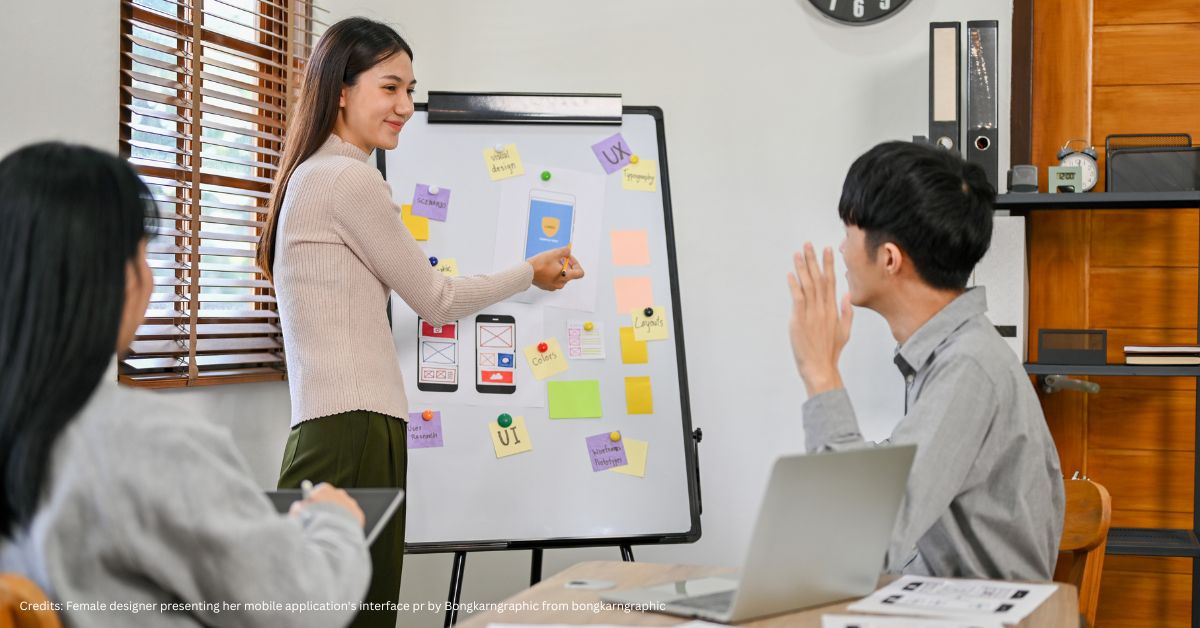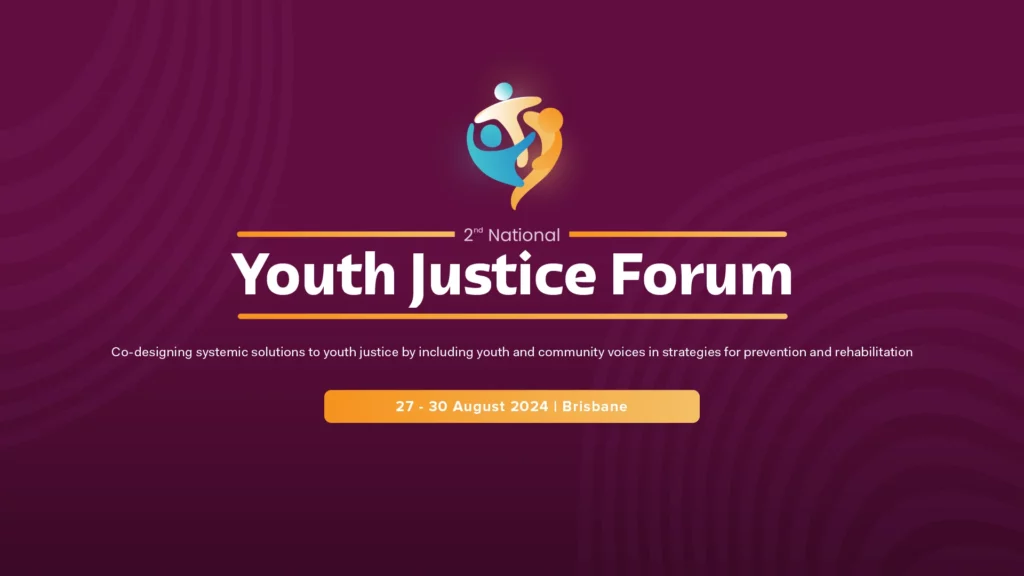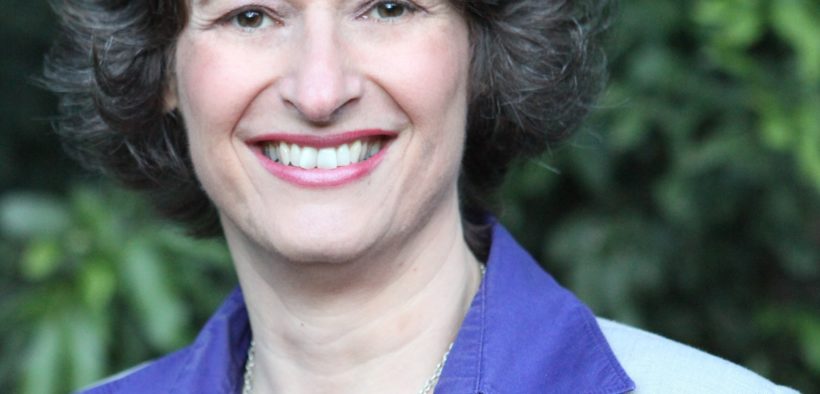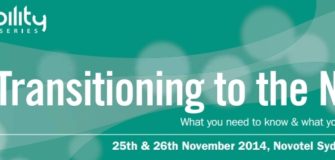Change management statistics have found that 60 per cent of organisational change programs fail. The main reason for this is people. Yet, people go through an immense amount of personal change all the time. They learn and adapt to different life situations and carry on. So what’s the difference?
Consider the concept of driving a car – as a driver you’re in control – you know where you’re going – you decide how you’re going to get there. The passenger is on the ride dictated by you, the driver. The driver usually sees the route differently to the passenger. Yet, in most cases, the passenger trusts the driver to get them to the destination safely and problem free. During personal change, the individual is usually the driver. During organisational change this role falls to the executive team and employees become passengers.
Organisational change evokes uncertainty and increased stress in employees as control and decision-making power decrease. The level of trust in leadership influences the experience and severity of stress. A good change program maximises staff control, minimises uncertainty and builds trust. The tools or methods that drive change:
- Provide staff with some control over the change
- Assess organisational and people strengths and weaknesses
- Help people grow and develop
- Help shape the future.
There are many tools and methods in the marketplace, both technological and non-technological. Technological tools are mostly survey based. They allow input from all employees. Survey results don’t motivate staff to change, nor do they provide the richness of information required to drive change. Survey results form the basis for engagement in change dialogue. It’s the change dialogue that gives employees a sense of control and influence over decisions.
Cultural Transformation Tools (CTT) is a survey tool that captures the whole organisational system:
- The individual
- Collective culture
- Operational
- Financial and relational perspectives
- Social responsibility.
Using values, CTT measure what staff bring to the workplace – their desire for a future culture and the state of the current culture, its strengths but also its dysfunction. CTT are useful for the full change initiative including planning, managing and monitoring transformation in organisations and communities. They also help with talent management, leadership development, and customer feedback. Ideally the tools would be used in conjunction with non-technological methods to engage staff in dialogue.
When both an organisation and its employees play to their strengths, productivity and morale increase. People are more motivated when they are working on something they’re good at especially when it’s linked to a cause they’re passionate about. It’s an easy way to increase performance and happiness at work. The key is to place people in an environment that allows them to play to their strengths.
A user-friendly tool that can be used to identify individual and team strengths is Strengths id. This tool uses a simple online self-assessment which can also incorporate specific insights from a manager and peers. Results are provided to the individual in a personalised infographic, which also provides a ‘how-to’ guide so users can immediately start playing to their strengths. To find out more about this tool visit www.strengthsid.com.au
Mission, vision, values and behaviour statements define the organisations purpose, aspirations, method of work, decision-making and expectations for interactions. Engaging staff in their development creates alignment between organisational and personal purpose – it increases buy-in from organisational stakeholders for the future journey.
To delve deeper and gain insights rich and insightful data must be obtained – this usually requires a dialogue. Appreciative Inquiry (AI) is a questioning and dialogue technique suitable for any topic under investigation.
It has a four step process:
1. Discovering organisational strengths
2. Dreaming about the future state
3. Designing a pathway to this future
4. Planning activities towards the new destiny.
Within each step, the facilitator develops a unique set of questions to stimulate thinking and discussion. AI works best when the future state is unclear and the collective knowledge is needed to develop a pathway.
Great change requires great leadership. A unique methodology known as Talentfinder uncovers an individual’s ability to fully understand the complexity of a situation and devise solutions that will result in a positive resolution. The results of a Talentfinder profile are used as the basis for a range of developmental programs to support leaders prepare for personal and organisational change. To find out more about Talentfinder visit www.floreatconsultingaustralia.com.au
These are just a few of the many tools that can be used to help you transition through successful change. The key is to ensure that the tool / method selected suits the organisation’s needs and expected outcomes. Specialist knowledge and expertise is required to undertake successful change – leaders need to either tap into external facilitation or make an intensive organisational investment into training on the job. Whatever method, engage and empower staff to be drivers and passengers and share the responsibility for the journey.













































































































































